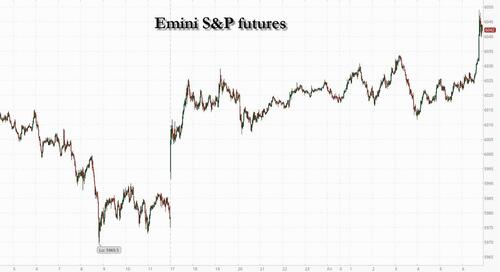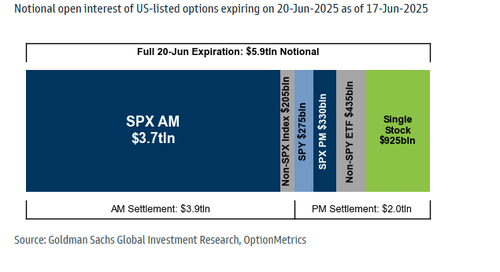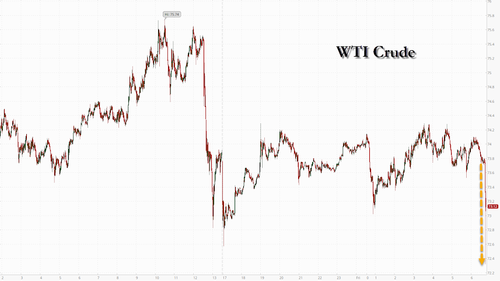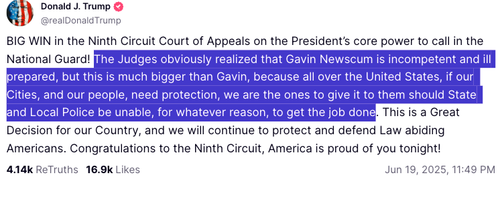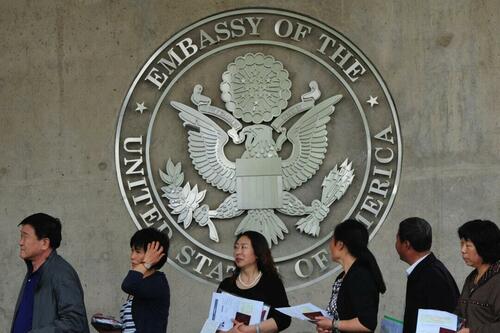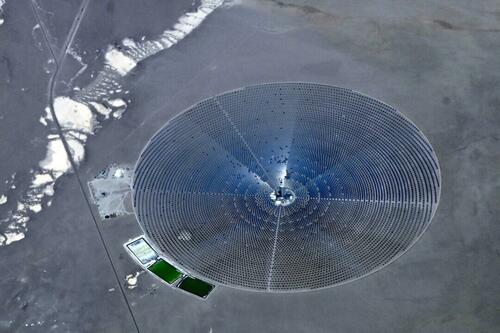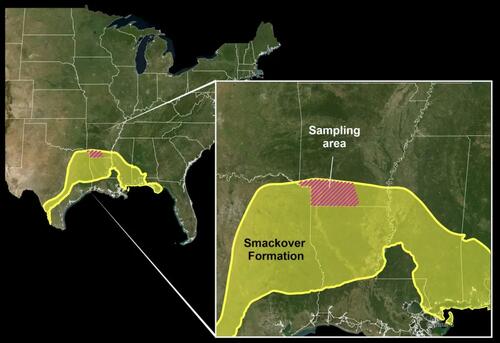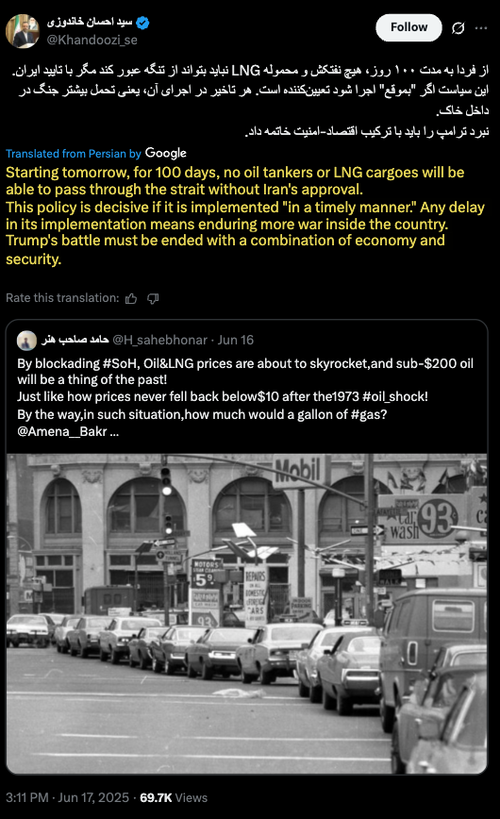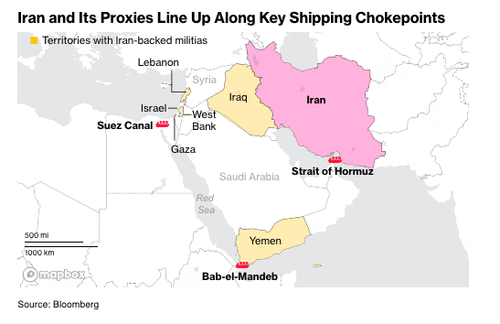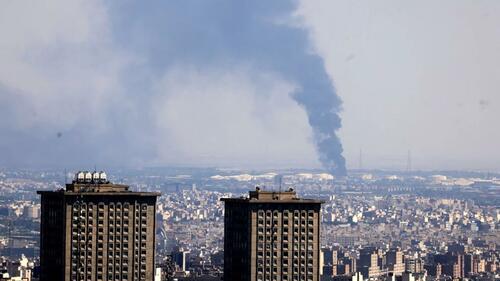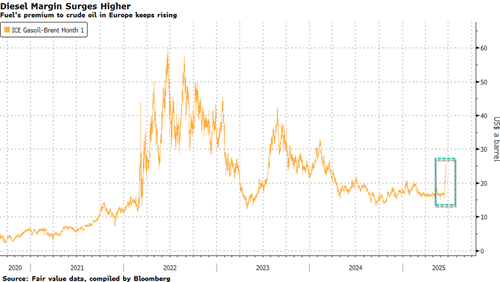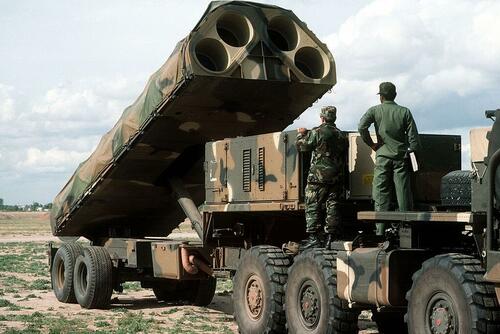By John Kemp of JKempEnergy.com
Spain’s massive blackout was caused by overvoltage on the transmission system and the failure of the country’s generators to compensate by absorbing more reactive power, according to the official government investigation.
Investigators found no evidence a cyber-attack contributed to the nationwide blackout and did not directly blame the high share of renewable generation for causing a cascading failure across the network.
But investigators did note there was not enough synchronised generation connected to the network to maintain voltage within acceptable limits and those generators failed to behave as expected.
Efforts to connect an extra thermal generator came too late to prevent worsening instability and repeated overvoltage from causing the system to collapse.
Investigators recommended stricter enforcement of existing voltage control obligations for synchronised generators as well as the deployment of synchronised compensators across the network to improve stability.
The report also concluded that non-synchronous generators (including wind and solar generators) should be incentivised to contribute to voltage control in future.
The instability seems to have originated within Spain itself rather than being imported from the Europe-wide transmission network that stretches from Iberia all the way to Ukraine and Turkey.
Nonetheless, investigators noted Spain’s relative isolation from the continent-spanning transmission system may have made the instability worse.
Spain’s interconnections via France account for only 3% of capacity on the country’s network, well below the 15% recommended by EU regulations.
More interconnections with the rest of the European grid would probably not have averted the blackout but they have been a long-sought objective, one that investigators repeated.
EXCESSIVE VOLTAGE
Electricity demand on the morning of April 28 was relatively low, which contributed to the repeated overvoltage on the country’s transmission network.
Total demand on Spain’s peninsula network prior to the blackout was just 25,184 megawatts, well below the historical maximum of 44,876 megawatts.
Weather (temperatures were mild), time of day (noon) and day of the week (Monday) all contributed to relatively low demand.
But low demand can threaten grid stability because it can cause voltage to drift above the safe operating limits set by the system.
On Spain’s main transmission system, the target is 400 kilovolts, with regulations stipulating that voltage must be kept between 380 kV and 435 kV.
On the morning of April 28, voltage spiked repeatedly well above 400 kV, though it remained below the maximum threshold until just before the blackout.
Repeated spikes were a sign of problems. Surges were damped quickly. But investigators described the instability as “atypical and extraordinary.”
Grid controllers responded by connecting several additional transmission circuits to the network to reduce voltage across the system.
But with stability worsening, controllers contacted one of the country’s thermal generators with a request to start up and synchronise to the grid to improve voltage control.
The request was made at 12:26. The unidentified thermal power plant was scheduled to connect as soon as possible at 14:00. But entire transmission network collapsed just seven minutes later at 12:33.
CASCADING GRID FAILURE
According to the timeline established by the report, voltage spiked severely at 12:05 and again at 12:20, prompting the control room to contact the next-available thermal generator with a request to come online at 14:00.
But voltage started to climb again and at 12:32 surged above the maximum operational limit of 435 kV in parts of central and southern Spain.
Multiple small generators responded to excess voltage by disconnecting themselves from the network, causing a sudden dip in frequency.
In response, more generators disconnected themselves - either because voltage was too high or because frequency too low.
In the space of just 20 seconds so many generators disconnected that the system was on a path towards complete failure.
Like voltage, frequency must be kept close to target to avoid damaging the expensive machinery operated by generators and customers.
In Europe, target frequency is 50 cycles per second (Hertz) and relays are set to shed load automatically in stages when frequency drops to 49.0, 48.8, 48.6, 48.4, 48.2 and 48.0 Hz.
Load shedding is intended to protect the stability of the grid by disconnecting users and reducing demand to match the available generation.
In this instance, rapidly falling frequency triggered all six stages of under-frequency load shedding in less than 1.5 seconds, disconnecting users in a last-ditch attempt to stabilise the network.
Less than a second later, frequency crashed through the lower emergency limit of 47.5 and continued dropping to just over 46.1 Hz. By this time voltage had surged to 470 kV.
Load-shedding may have worsened the problem of overvoltage, adding to rather than reducing instability, according to the investigative report.
Faced with severe overvoltage and extreme underfrequency, all remaining generators raced to disconnect from the network and the grid collapsed.
Faced with the loss of stable external connections to the grid, nuclear generators shut down automatically as a safety precaution with the insertion of control rods into reactor cores to stop the reaction.
FREQUENCY AND INERTIA
After the blackout, many commentators, including me, asked whether the failure was caused by excessive reliance on inverter-based renewables and insufficient rotational inertia from synchronised thermal generators.
But investigators concluded the transmission system had enough inertia prior to the incident to meet planning requirements and ride through a reasonably foreseeable large-scale loss of generation.
Investigators instead identified problems with voltage control rather than frequency control as the root cause of the blackout.
Frequency deviations had been relatively small during the morning and frequency remained close to target until the cascading failure was already well underway.
Voltage and frequency are both aspects of power quality and intrinsically linked but are usually considered separately in the design and operation of transmission systems.
In this instance, it was overvoltage triggered the first disconnections, which then caused a problem with underfrequency and more disconnections.
Investigators determined the initial shock that sparked the cascading failure came from the generation side disconnecting in response to overvoltage.
There were sufficient levels of inertia and more than enough extra generation being held in reserve immediately before the blackout.
Investigators concluded no amount of extra inertia could have enabled the system to avert the cascading failure initially triggered by the overvoltage.
THERMAL GENERATORS
Immediately prior to the blackout, most generation on Spain’s peninsula system was coming from renewables (82%) with small shares from nuclear (10%), gas (3%), coal (1%) and cogeneration and waste (4%).
There were only 11 thermal power plants connected to the system with a specific obligation to help regulate voltage (6 gas-fired plants, 4 nuclear plants, and one coal-fired plant).
From a technical perspective, solar and wind generators can also contribute to voltage regulation, but there was no obligation on them to do so.
The report notes that the number of thermal generators connected to the grid (just 11) was the lowest so far this year.
Previously, the lowest number of generators connected to the grid had been 12 (on 13 days earlier in 2025) and there had usually been more.
The decision to order an extra thermal unit to connect to the network was too late to avert worsening voltage instability.
But investigators also noted that several already-connected thermal generators failed to respond as expected to the overvoltage.
Either they absorbed less reactive power than required (reducing voltage control) or in some cases actually generated reactive power (worsening the overvoltage).
The report observes one unnamed generator in the southern area “behaved visibly differently from other plants connected at the time” and concluded it exhibited “inappropriate behaviour for voltage control”.
Investigators also found that 20 out of 141 major electricity consumers that connect directly to the transmission network failed to meet their obligations to support voltage control.
Between 9% and 21% of nodes where local distribution networks connect to the high-voltage system also failed to behave as expected to support voltage control.
The report concluded a wide range of network participants “contributed to the increased voltage, or in any case, did not contribute to improve the situation to the extent expected by the transmission system operator.”
RENEWABLES VS THERMAL
Initial comment about the causes of the blackout polarised around the issue of whether the very high share of inverter-based renewable generation (specifically solar) was the root cause of the failure.
The other side of this argument was whether there was too little synchronised thermal generation connected to stabilise the network by providing rotational inertia.
The report dismisses the argument there was too much renewable generation and too little inertia on April 28.
But it does note thermal generators were the participants primarily responsible for voltage control and there were too few of them and they were not as effective as expected.
It reintroduced the question of grid stability when the share of inverter based renewables in the generation mix becomes very high via the backdoor.
Instead of renewables’ contribution to frequency control the report puts the spotlight on their contribution to voltage stability.
The report notes “there is a certain correlation between the stability of the voltages and the amount of solar generation or the amount of coupled synchronous generation, although this correlation is not equally strong in all locations.”
There is no inherent reason why renewable generators cannot be incentivised financially or required legally to contribute to voltage regulation any more than to frequency control.
The report notes synchronised condensers, static synchronous compensators (STATCOMs) and flexible alternating current transmission systems (FACTS) can all contribute to voltage regulation.
Some of these systems have already been embedded in Spain’s electricity systems.
The report recommends financial penalties for thermal generators who fail to comply with their existing voltage control obligations.
It urges the creation of a new auxiliary service market for voltage control that is technology neutral and open to any participants in the network, not just thermal generators.
It also urges the deployment of synchronous compensators across the peninsula and an update to FACTS systems to provide more damping of voltage operations.
Reflecting Spain’s prioritisation for renewables, the overall aim is to improve voltage control even as the share of renewables climbs and thermal generation declines.
The report’s authors claim there would be a four-fold benefit: lower costs, lower emissions, fewer curtailments of renewable generation, and new sources of income for all generators regardless of type.
FINAL THOUGHTS
The government’s report offers a comprehensive timeline and explanation of the factors that contributed to the peninsula-wide blackout on April 28.
Investigators blame problems with voltage control rather than frequency regulation as the root cause of the cascading power failure.
The report is careful to avoid attributing culpability for the failure to any one institution – avoiding difficult decisions about political and legal liability that are likely to be argued over in parliament and the courts for years.
Instead, it implies responsibility is diffused widely between the transmission operator, thermal power plants, major electricity consumers and local distribution companies.
No one institution was to blame; everyone contributed to the collective failure of the system to behave as it should have done.
Identifying voltage rather than frequency as the root cause the report mooted discussion about whether the system had sufficient rotational inertia and avoided taking sides in the emotive renewables versus thermal debate.
But it sharpened the closely related question about whether the system had enough voltage control and how to manage voltage fluctuations as the share of renewables increases and thermal generation declines.
As expected, many of the proposed solutions are very similar, creating and paying for new ancillary services, and greater use of technology to help balance the grid.
The report adopts a broadly pro-renewable perspective, absolving renewable generators from much of the blame for the blackout and focusing on how to supplement the declining voltage regulation from thermal generators.
The report recommends minor modifications to operations rather than fundamental changes to accommodate a high share of renewables in the generation mix rather than reverse it.

